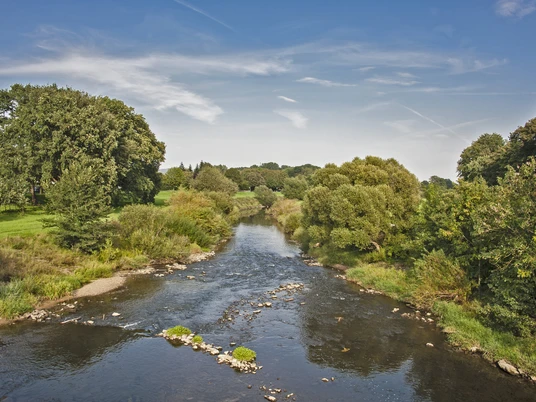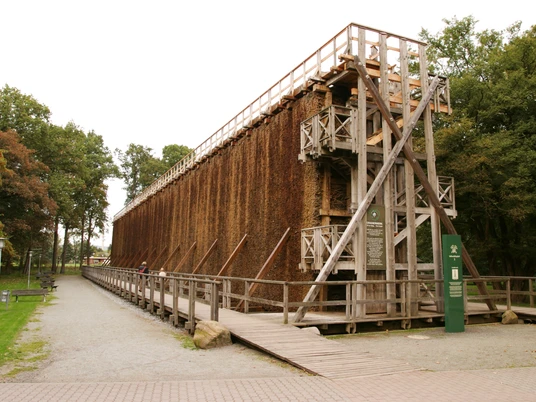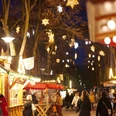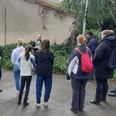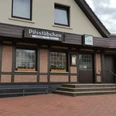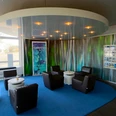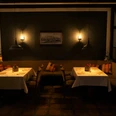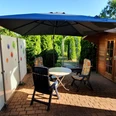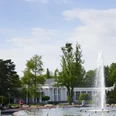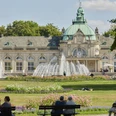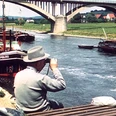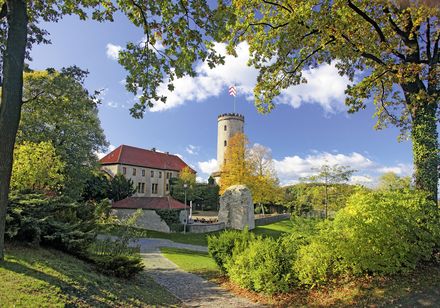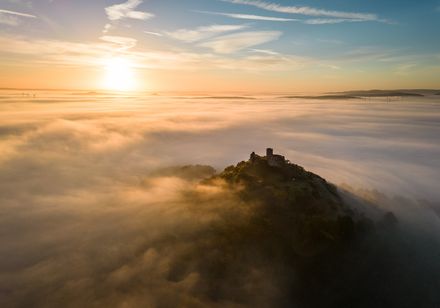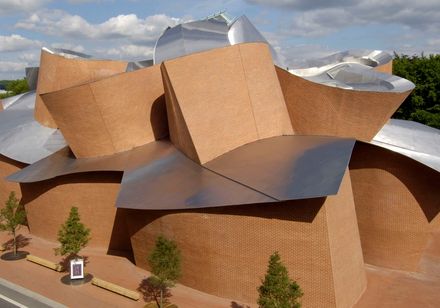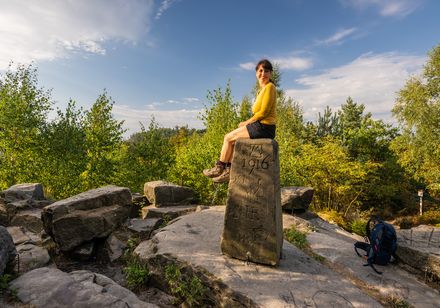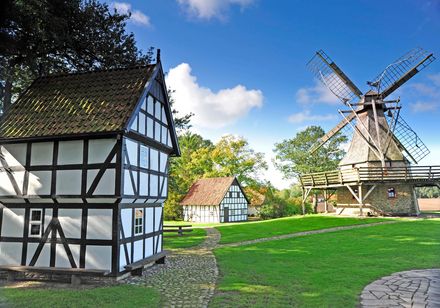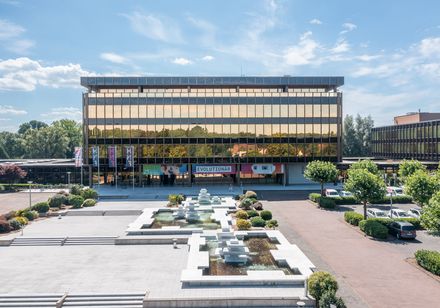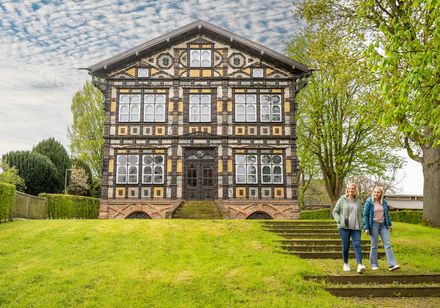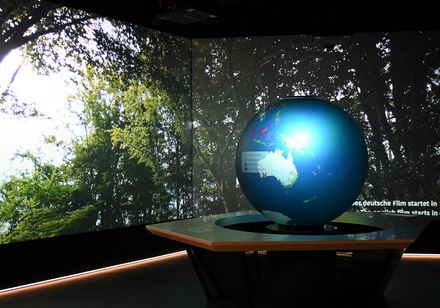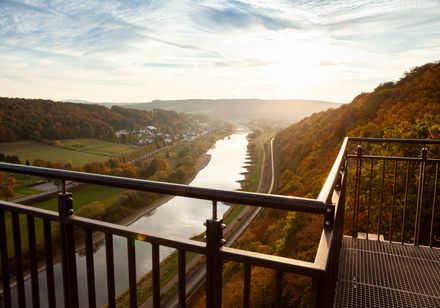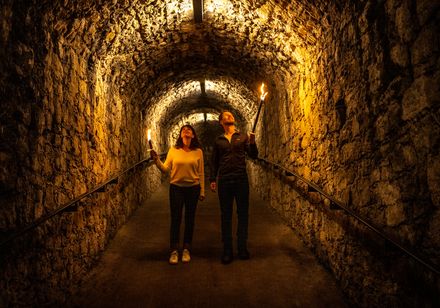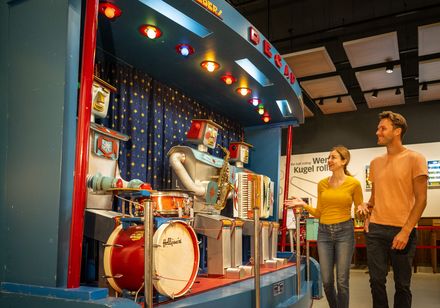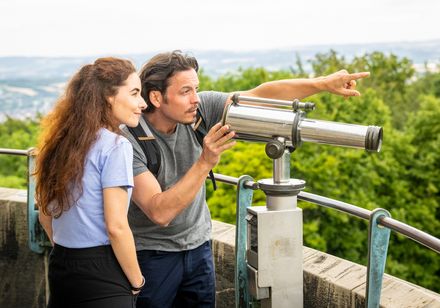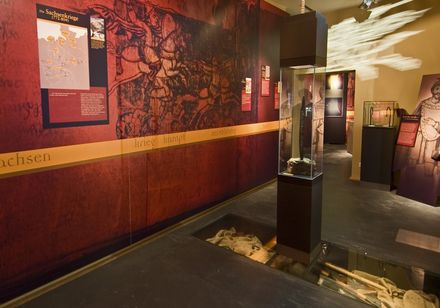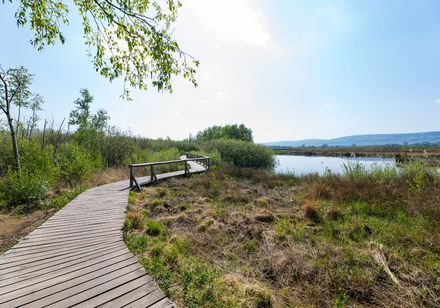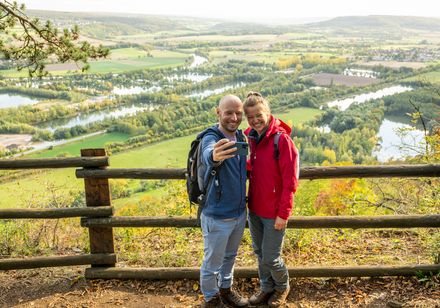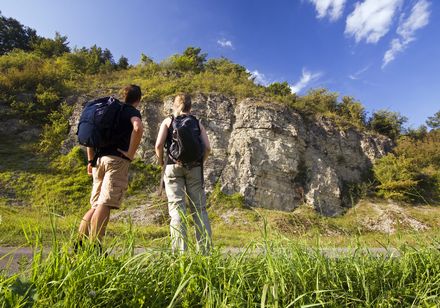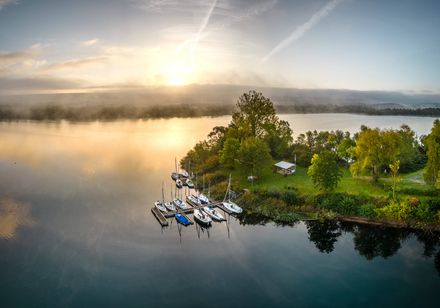The Sielpark is a park of about 50 hectares, which owes its name to a siel or weir, the origin of which can be traced back to the 18th century.
The scenic but appealing park, known by residents as "Siel" for short, is easily and quickly accessible from the city center by bicycle as well as on foot. In the 18th and 19th centuries, the area between Bad Oeynhausen's city center and the district of Werste was of great importance for the royal salt works Neusalzwerk. Thus, a graduation house still stands in the Sielpark, which was once used to extract salt and which today serves as an open-air inhalatorium.
Therefore, in the park there are several information boards of the saline educational trail. If you follow these signs, you will also follow the paths of the former salt production. Various relics of the salt industry are also part of a tour through the Sielpark, as well as numerous foot and bike paths, ponds and the Werre River, which is dammed under a weir bridge.
The scenic but appealing park, known by residents as "Siel" for short, is easily and quickly accessible from the city center by bicycle as well as on foot. In the 18th and 19th centuries, the area between Bad Oeynhausen's city center and the district of Werste was of great importance for the royal salt works Neusalzwerk. Thus, a graduation house still stands in the Sielpark, which was once used to extract salt and which today serves as an open-air inhalatorium.
Therefore, in the park there are several information boards of the saline educational trail. If you follow these signs, you will also follow the paths of the former salt production. Various relics of the salt industry are also part of a tour through the Sielpark, as well as numerous foot and bike paths, ponds and the Werre River, which is dammed under a weir bridge.
Nearby
